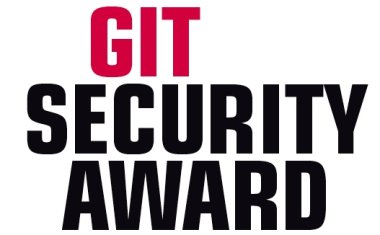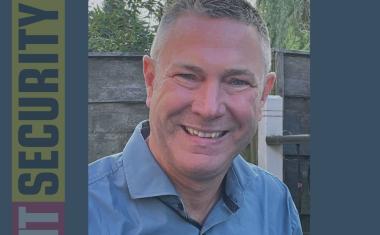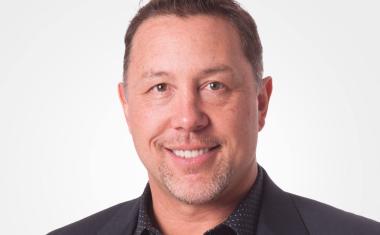NIOSH List of Hazardous Drugs in Healthcare Settings
About 8 million U.S. healthcare workers are potentially exposed to hazardous drugs, including pharmacy and nursing personnel, physicians, environmental services workers, workers in...
About 8 million U.S. healthcare workers are potentially exposed to hazardous drugs, including pharmacy and nursing personnel, physicians, environmental services workers, workers in research laboratories, veterinary care workers, and shipping and receiving personnel.
Hazardous drugs include drugs used for chemotherapy, antiviral drugs, hormones, and some immunosuppressant drugs-all of which may have damaging effects on the body. When these drugs must be prepared and administered, there are workplace best practices that can minimize potentially harmful exposure. These include the use of engineering controls such as biological safety cabinets, closed system transfer devices, needleless systems, and personal protective equipment such as gloves, masks, and gowns. In order to use this equipment appropriately and effectively, healthcare workers need to know which drugs pose a hazard. Exposure to hazardous drugs may occur through inhalation, skin absorption, ingestion, or injection. Adverse health effects from hazardous drug exposure may include harm to internal organs, damage to the reproductive system, genetic damage, birth defects, and cancer.
Starting in 2000, the National Institute for Occupational Safety and Health (NIOSH) began working with multiple partners and stakeholders to address the issue of occupational exposure to hazardous drugs. The NIOSH Hazardous Drug Committee-with representatives from nursing and pharmacy professional associations, federal agencies, pharmaceutical companies, health and safety professionals, manufacturers of safety equipment, and academia-developed recommendations for how to minimize exposure when working with hazardous drugs. In 2004, NIOSH published a NIOSH Alert and list of hazardous drugs with active input from partners in the healthcare industry, the pharmaceutical industry, and federal agencies. The list was updated in 2010 and will be updated periodically as new drugs become available.
http://www.cdc.gov/niosh/docs/2011-189/
NIOSH List of Antineoplastic and Other Hazardous Drugs in Healthcare Settings 2010













